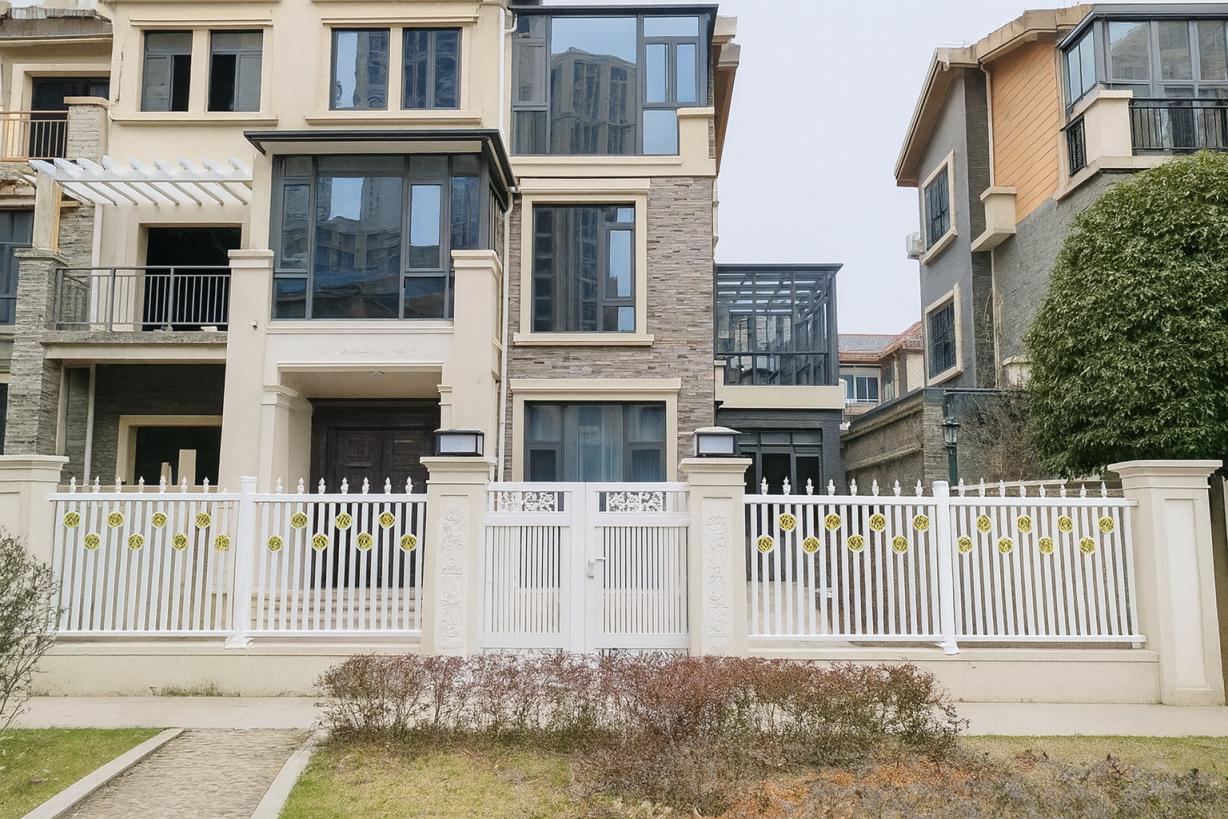Is Your Boom Barrier Gate Slowing Down Traffic Flow?
Is your Boom Barrier Gate slowing everything down? Morning queues grow. Deliveries miss slots. Visitors get impatient. The lane looks fine, yet traffic crawls. Cards fail. Cameras hesitate. Guards wave cars through and hope for the best. Costs rise quietly. So does risk. The problem may not be the cars – or even the drivers. It might be the way your gate sees, decides, and lifts. Small delays add up fast. What if the fix is simpler than you think, and safer too? In the next section, we uncover the hidden bottlenecks – and how to break them.
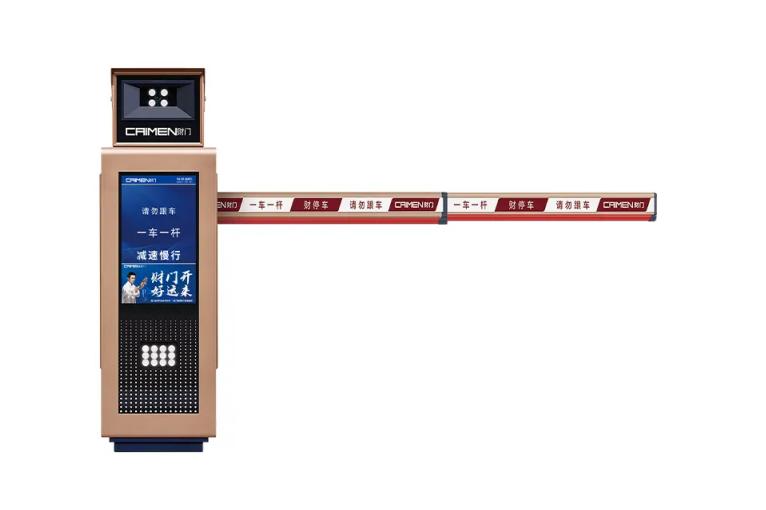
The Real Cost Of A Slow Lane
A jam at the gate looks minor from a distance. Up close, it is expensive. Every hesitation adds up: delivery trucks miss windows, visitors circle for parking, and staff time evaporates in manual overrides. A struggling Boom Barrier Gate causes three predictable problems. First, drivers lose confidence and start creeping forward or backing up, which increases read errors. Second, guards feel pressure to wave cars through, weakening your audit trail. Third, the queue becomes a billboard that says, “This site isn’t ready.”
Common culprits are painfully familiar. Card-based systems are only as good as the card in someone’s pocket. Ticket printers jam at the worst moment. Low-resolution cameras fail in rain or glare. Legacy controllers refuse to talk to modern software. Lane geometry shifts from drawings to reality, and suddenly the camera sits a little too high or too close, forcing drivers to “find the spot” before the gate will lift.
CAIMEN approaches these pain points with a simple mandate: reduce the number of things a driver must do while raising the certainty of every decision your system makes. That means contactless recognition, robust mechanics, weather-hardened hardware, and clean integration with the platforms you already use.
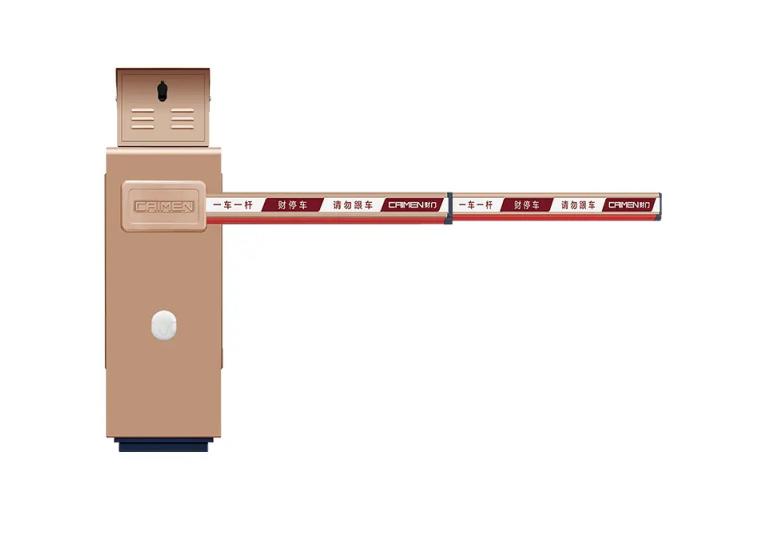
How CAIMEN Restores Flow Without Sacrificing Security
Our solution pairs automatic license plate recognition (ALPR) with precise barrier control, so the Boom Barrier Gate moves only when the system is confident. Vehicles are identified in seconds; no cards, no tickets, no fumbling. The result is predictable rhythm through each lane at rush hour and calm reliability the rest of the day.
The all-in-one terminal streamlines deployment. It supports straight or fence poles and customizable pole length to match real lane width. Housing and optics are built for rain and dust, so recognition stays stable across seasons. Integration is straightforward: the device connects to parking, visitor, and payment software without forcing a rip-and-replace of your existing stack. In practice, that means faster go-live and fewer “call IT” moments.
- Inside The System: Recognition, Guidance, And Control:
• High-definition recognition: A 5-million-pixel sensor delivers clear images day and night, enabling fast reads and a high overall recognition rate.
• Reliable capture zone: An optimal 3 – 6 m read distance keeps drivers from inching forward and backward.
• Adaptive lighting: A fill-light photosensitive switch tunes illumination automatically for consistent results in rain, glare, or dusk.
• Flexible workflows: Handle licensed and unlicensed vehicles. Add scan-code entry when plates are missing or covered.
• All-in-one simplicity: A compact, integrated terminal reduces installation complexity while supporting straight and fence poles.
• On-site guidance: Optional LED/four-line subtitle display and a 22-inch HD LCD share instructions, status, and even personalized ads that monetize dwell time.
• Proven mechanics: A 160 W motor drives smooth lifting; a 418 M learning-code remote supports secure remote actions.
• Built for outdoors: Rainproof and dustproof construction sustains uptime where lesser units fail.

These elements work together. Clarity at the camera reduces retries. Clear driver messaging prevents second-guessing. Smooth motion at the Boom Barrier Gate keeps the queue tight but moving. And because the decision engine is confident, staff focus on exceptions rather than routine passes.
What To Check And How To Win Back Minutes
Start by auditing the flow you already have. Count vehicles per hour, note true peak periods, and measure average service time per vehicle. Walk the approach path at dawn, midday, dusk, and after dark. Check for plate reflectivity, unusual mounting angles, and any landscaping or signage that blocks the line of sight. Mark a visible stop line that sits squarely inside the 3 – 6 m recognition zone so drivers know exactly where to pause.
Plan for mixed user groups. Residential gates see homeowners, guests, and contractors. Commercial sites juggle employees, visitors, and deliveries. ALPR handles most of this automatically; scan-code entry closes the gap for unregistered vehicles. The integrated display reduces guard calls by answering the two questions every driver has: “Am I recognized?” and “What do I do next?”
Think beyond purchase price. Lifecycle cost is where your return lives. Cards and tickets mean consumables, re-stocking, and re-printing. Printer jams invite service calls. Extra staff at peak times inflate payroll. Weather failures create weekend emergencies. By moving to contactless recognition on an all-in-one terminal, you remove many of those recurring costs. You also reduce soft costs – fewer driver complaints, shorter phone queues, faster first impressions for visitors and tenants.
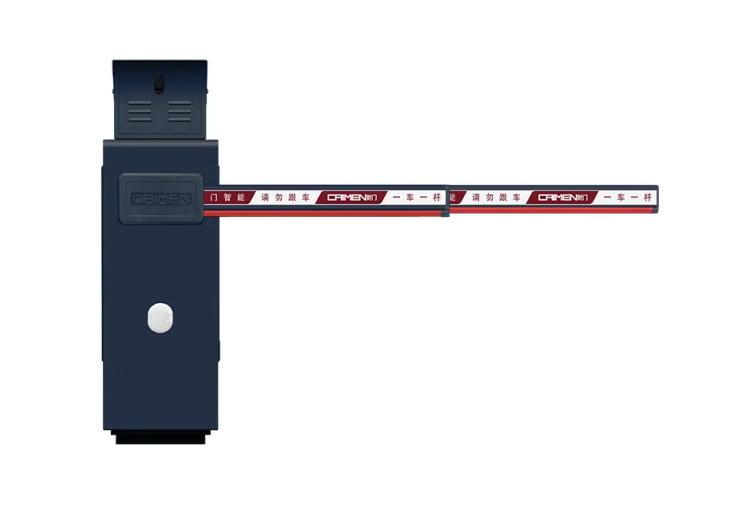
✅ Quick Wins You Can Implement This Month
• Tune the angle: Align the camera with a slight downward tilt; avoid headlight glare and keep plates centered at typical ride heights.
• Set a clean stop line: Place reflective tape or paint where recognition is most reliable; drivers will self-calibrate.
• Calibrate the capture: Adjust exposure and recognition thresholds for peak periods, not just midday tests.
• Keep optics clean: Add a simple lens-wipe routine to existing rounds; clarity pays dividends.
• Integrate gradually: Connect to your visitor management, parking, or payment systems in phases to reduce change fatigue.
- What Success Looks Like?
After tuning, you should see measurable improvements within days: shorter average wait times, fewer manual lifts, and fewer “please reverse” moments at the reader. Security improves in parallel because the system is making faster, more confident decisions, and your team is no longer bypassing rules to “clear the line.” Drivers experience the site as competent and calm. Tenants notice. Operations notices. Finance notices, too.
Why Choose CAIMEN Now
We are not trying to reinvent access control; we are trying to make it disappear into the background so your site can do its real job. CAIMEN is committed to delivering high-quality, intelligent entrance and exit solutions and to leading the industry’s development trend. For you, that translates into hardware that survives the weather, software that plays well with others, and a Boom Barrier Gate that simply works – day after day, season after season.
Call-to-Action: If your lanes are backing up, it is time to modernize your Boom Barrier Gate. Contact CAIMEN for a site assessment and a pilot deployment. We will map your flow, configure recognition for your environment, and prove the time savings where it matters most – at the gate.
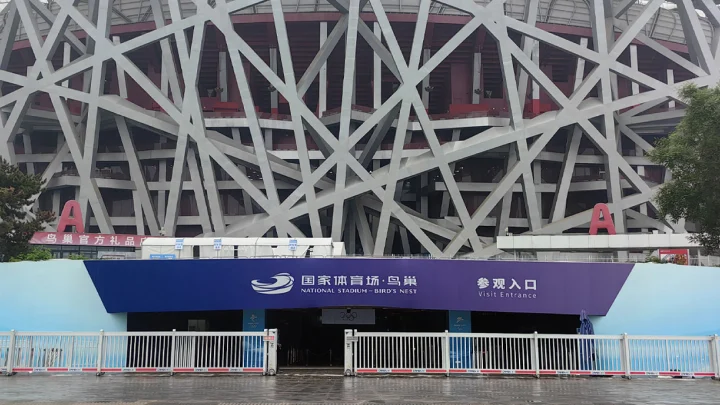
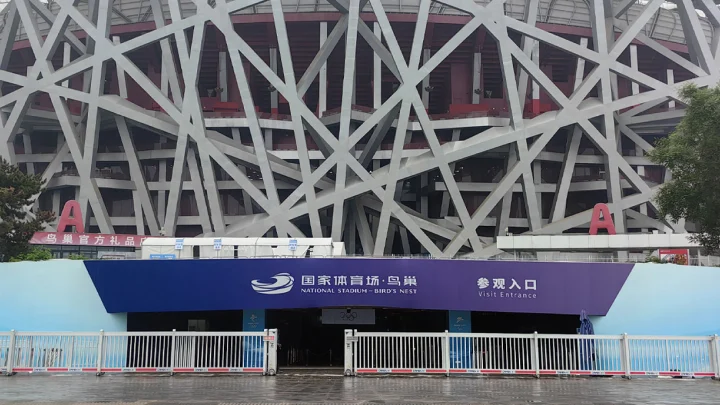
 FACEBOOK
FACEBOOK
 TWITTER
TWITTER
 LINKEDIN
LINKEDIN
